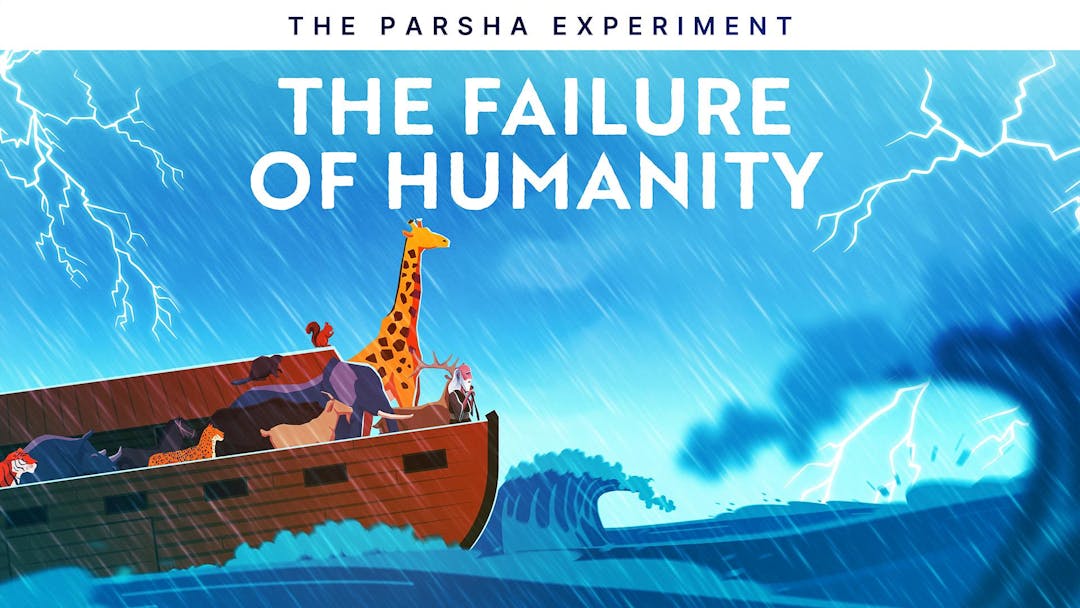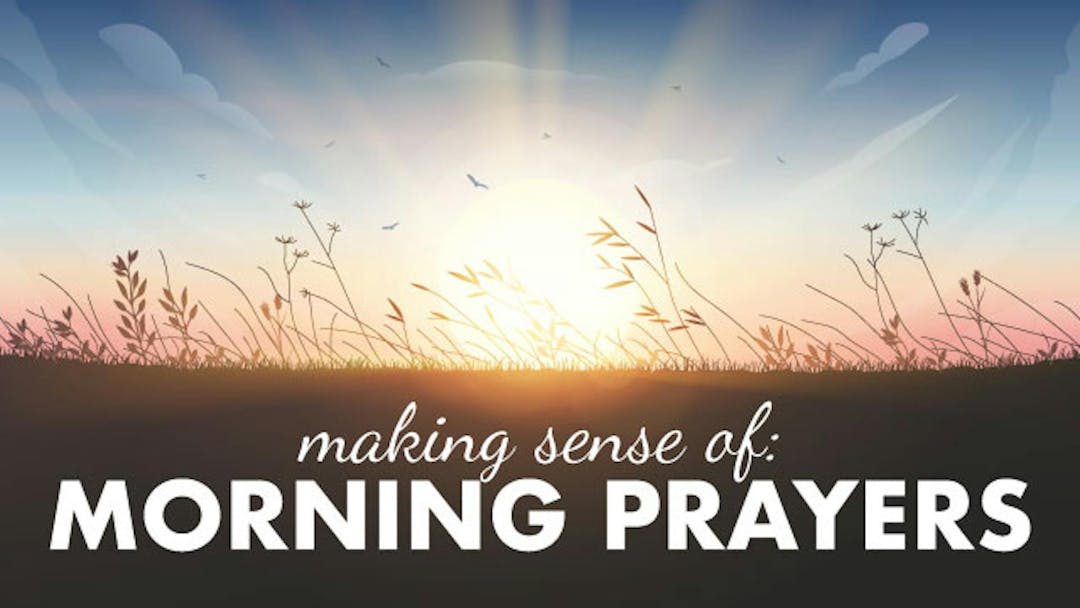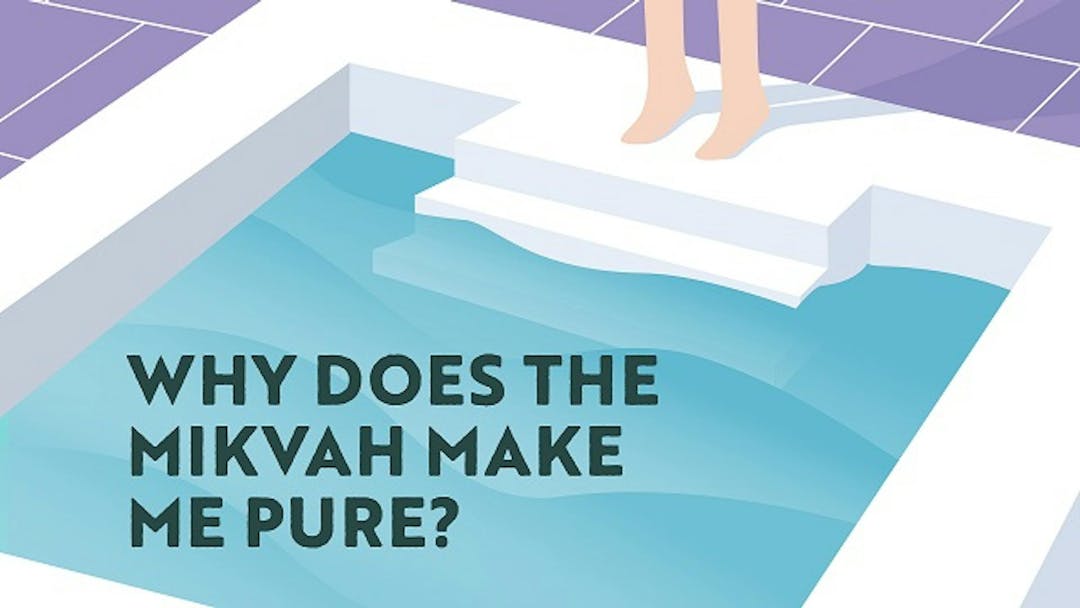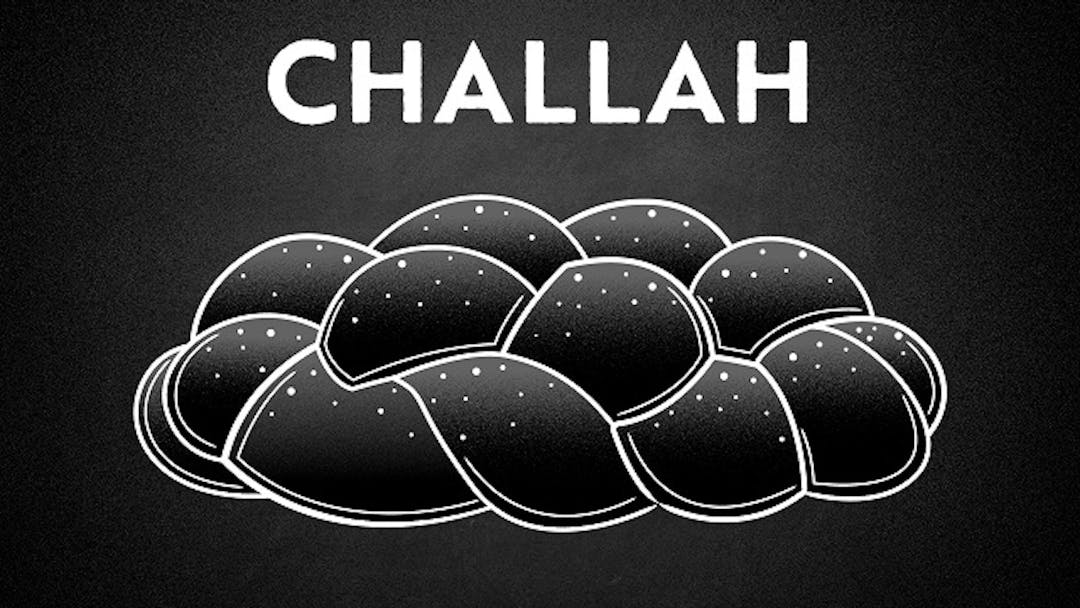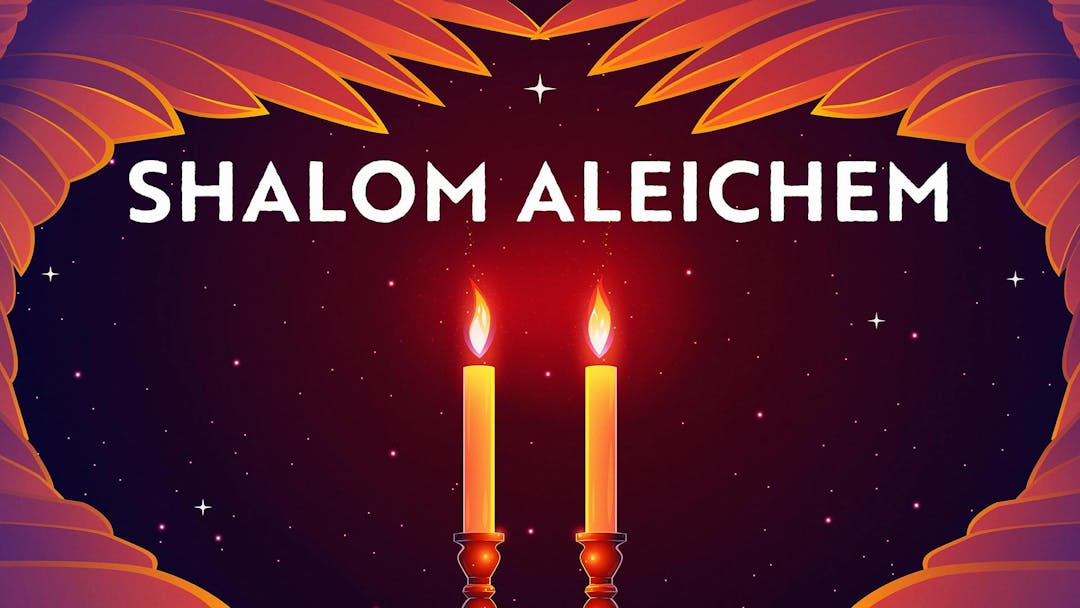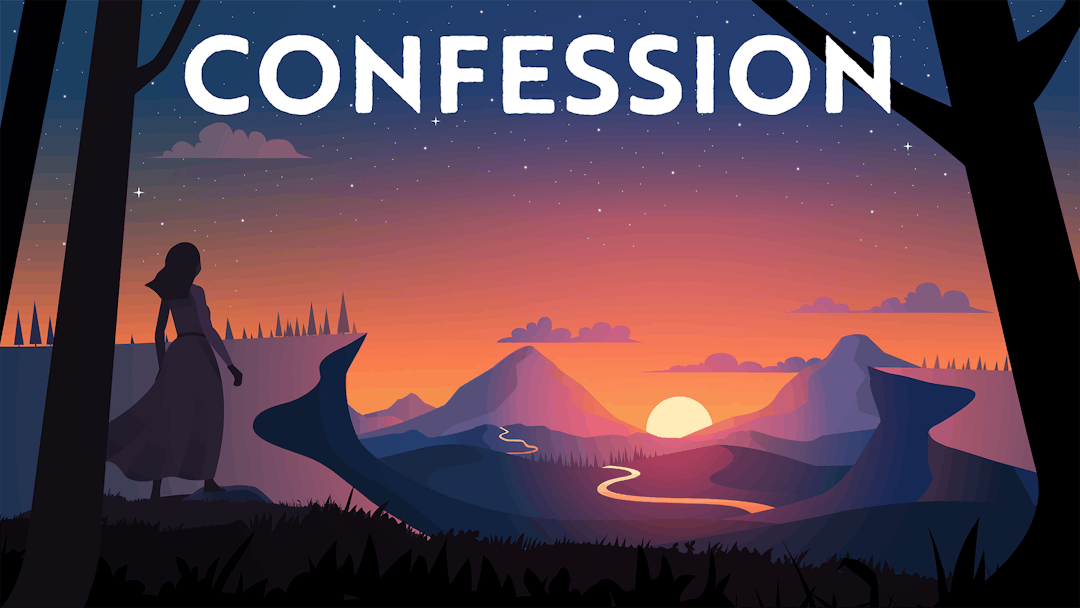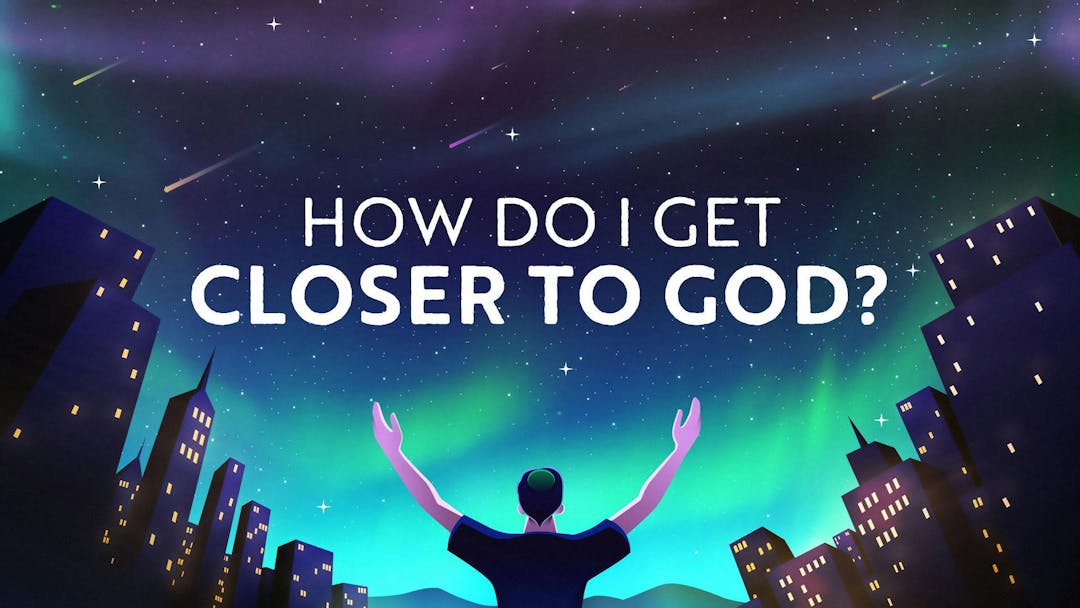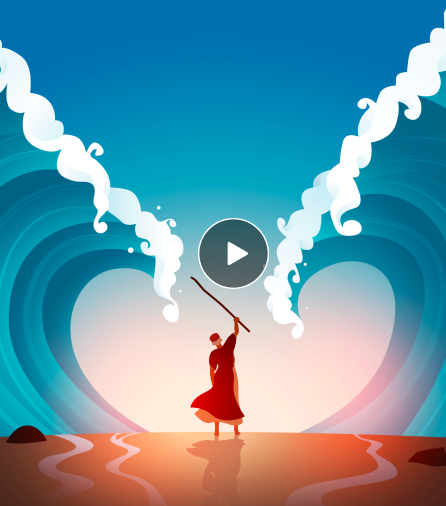Start your free trial today to unlock the full library and enjoy unlimited and uninterrupted access.
Get StartedWhy a Flood, of All Things?
The Connection Between Noah And The Story Of Creation
This week’s parsha tells us about an epic event: the flood that God sends to destroy the earth. But we never stop to ask... why did God decide to send a flood, of all things?
Interestingly, only last week, in the story of the creation of the world, we talked about all these same elements – deep waters, winds of God, and more. For some reason, the flood’s aftermath, the recreation of the world, mirrors the original creation in the Torah – but why? What is it we’re meant to learn from the flood??
The intriguing repetitions may change the entire way we think about the story of Noah and why God decided to flood the earth.
Watch more: Genesis Unveiled
Want to watch the full video for free?
Enter your email and we’ll send you a link to watch the full series free.
What is Aleph Beta?
Aleph Beta is a unique kind of Torah library. Led by our founder, Rabbi David Fohrman, we are dedicated to high-level, textual Torah learning for adults that is intellectually and spiritually sophisticated, that enlivens your Jewish practice and helps you forge a deeper connection to God. Whether you’ve been learning in yeshiva for years or you’re just beginning your Torah journey, you’re sure to find something meaningful and surprising waiting for you here.
Browse our library of over 1,000 beautifully produced animated videos, podcasts, deep dive courses, and printable guides. Topics include the weekly parsha, Jewish holidays & fast days, laws & mitzvot, prayers, relationships, big philosophical ideas and more. Have something to say at the Shabbos table that will amaze your family and guests and bring deep meaning into their lives.

